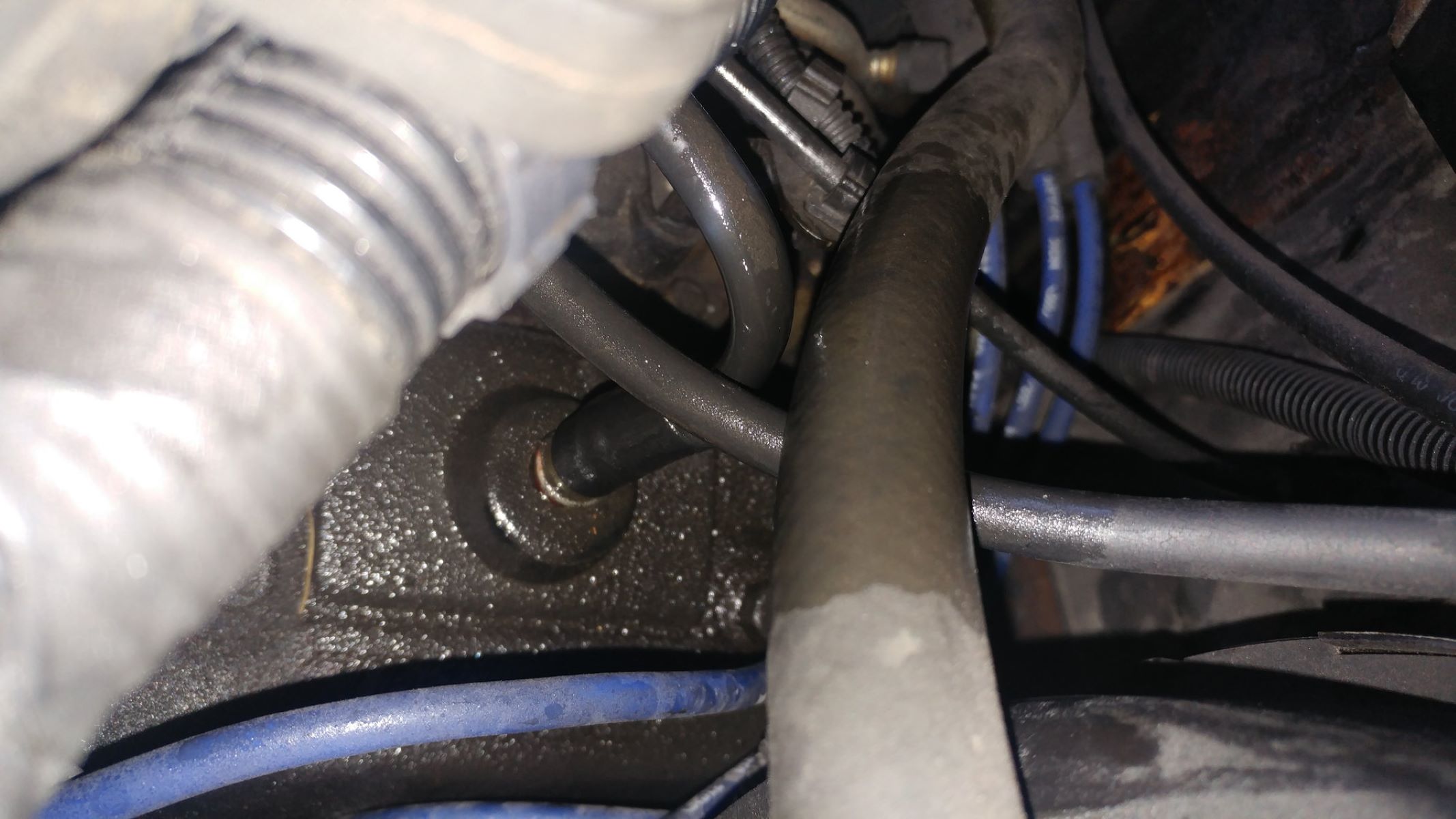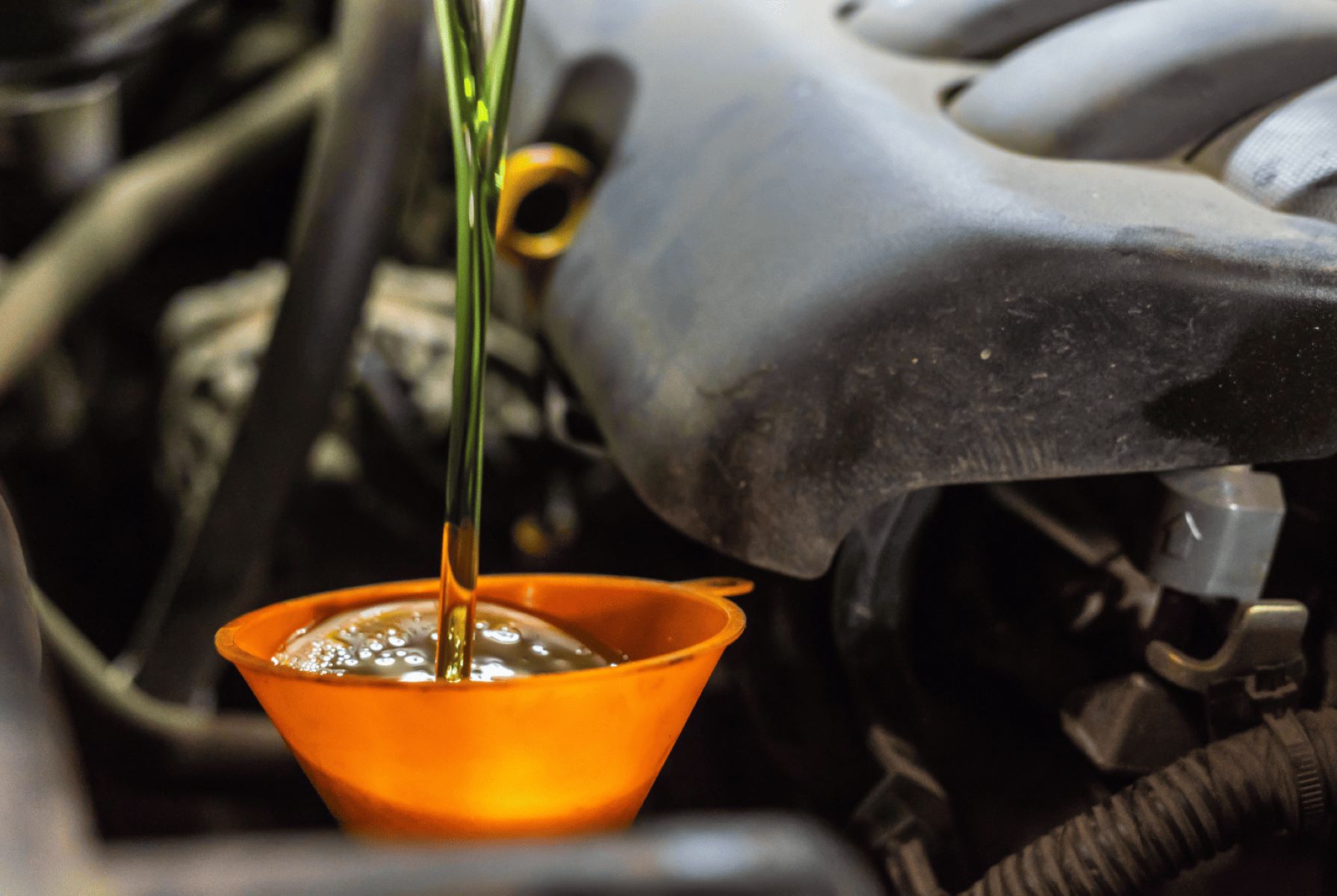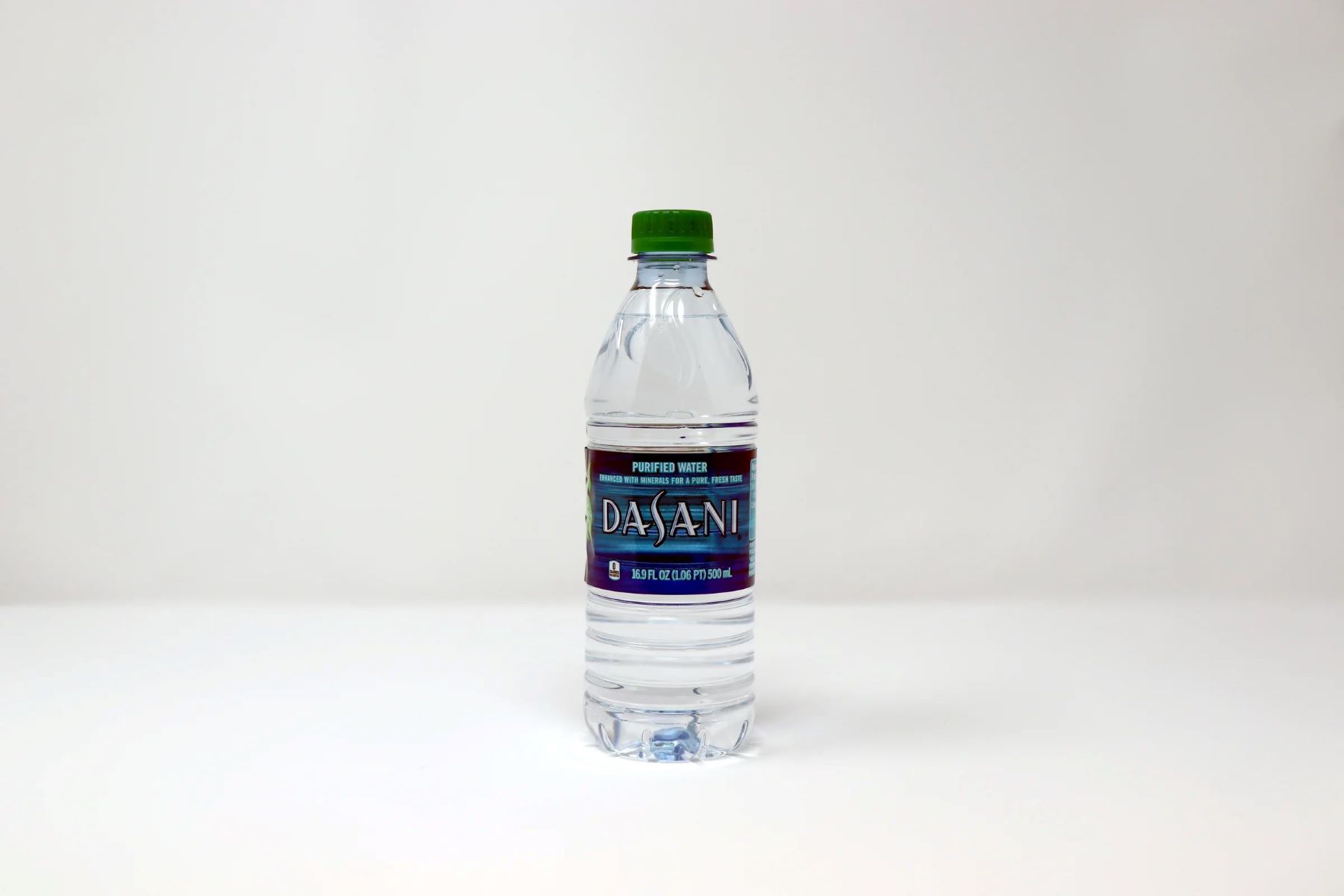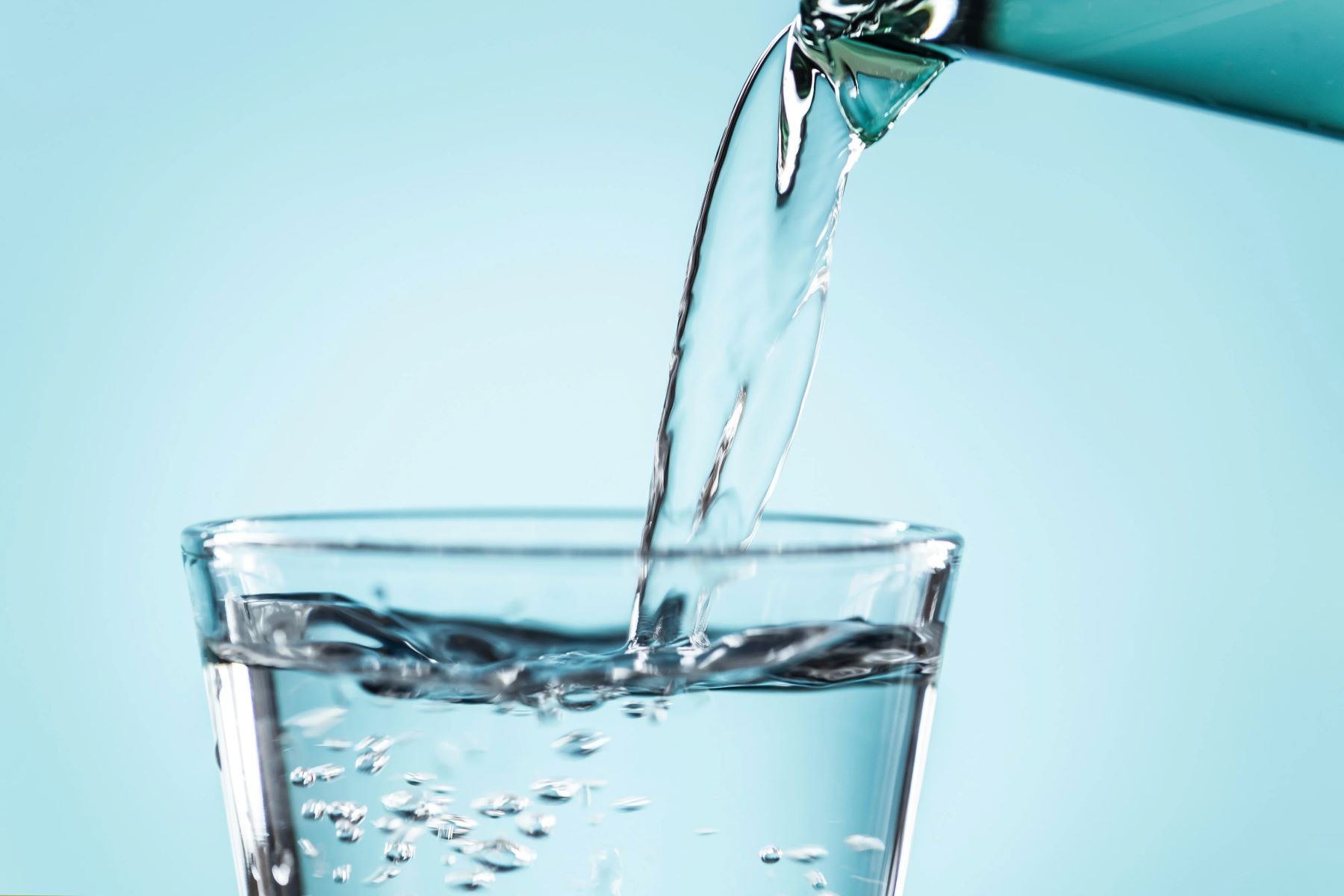Home>Health and Wellness>The Surprising Consequences Of Drinking Moldy Water
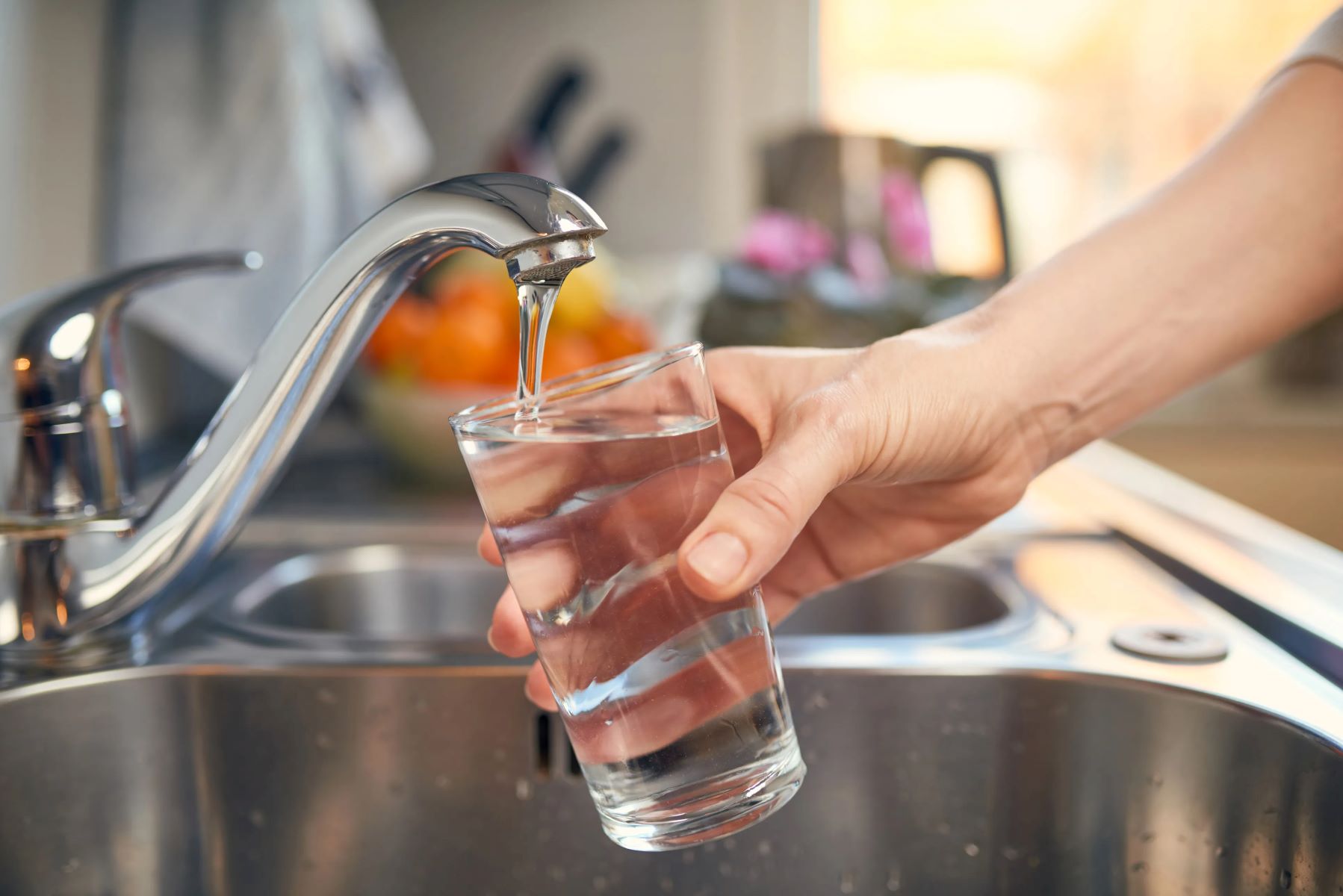

Health and Wellness
The Surprising Consequences Of Drinking Moldy Water
Published: February 2, 2024
Discover the unexpected health impacts of consuming contaminated water. Learn about the potential risks and how to safeguard your health and wellness.
(Many of the links in this article redirect to a specific reviewed product. Your purchase of these products through affiliate links helps to generate commission for Regretless.com, at no extra cost. Learn more)
Table of Contents
Introduction
Water is a fundamental necessity for sustaining life, and access to clean, potable water is a fundamental human right. However, what happens when the water we rely on becomes contaminated with mold? The consequences of drinking moldy water can be surprising and alarming, posing risks to both human health and the environment.
Moldy water, as the name suggests, is water that has been contaminated by mold. Mold is a type of fungus that thrives in moist environments, and when it infiltrates water sources, it can lead to a host of problems. While the presence of mold in water may not always be immediately apparent, its impact can be far-reaching and detrimental.
In this article, we will delve into the potential health effects of consuming moldy water, shedding light on the risks it poses to the human body. Furthermore, we will explore the environmental impact of moldy water, emphasizing the broader consequences of this contamination. Additionally, we will discuss preventive measures to curb mold growth in water, offering practical insights into safeguarding water quality.
Join us as we uncover the hidden perils of moldy water and gain a deeper understanding of the importance of clean, uncontaminated water for our well-being and the health of our planet.
What is moldy water?
Moldy water refers to water that has been contaminated by mold, a type of fungus that thrives in damp environments. When water becomes stagnant or is stored in a warm, humid setting, it creates an ideal breeding ground for mold spores. These spores can infiltrate the water, leading to the development of mold colonies. Mold growth in water is often characterized by a musty odor, discoloration, and the presence of floating or suspended particles.
The presence of mold in water can occur in various settings, including residential homes, commercial buildings, and natural water sources. In households, moldy water may result from neglected plumbing issues, such as leaks or water damage, which create conditions conducive to mold proliferation. Furthermore, improperly stored water, such as in old containers or neglected water tanks, can also become contaminated with mold over time.
In natural environments, bodies of water, such as ponds, lakes, and rivers, can be susceptible to mold contamination, particularly in areas with high organic content and limited water circulation. Additionally, stagnant water in outdoor containers, such as bird baths or rain barrels, can also fall prey to mold infestation.
The presence of mold in water is not always immediately visible to the naked eye, as mold spores can be microscopic. However, the effects of moldy water can be far-reaching and pose significant risks to human health and the environment. Understanding the nature of moldy water and its potential sources is crucial for mitigating its adverse effects and safeguarding the quality of our water supply.
Health effects of drinking moldy water
Drinking moldy water can have detrimental effects on human health, posing risks that range from mild discomfort to severe illness. The presence of mold in water introduces various contaminants, including mycotoxins, which are toxic byproducts produced by certain molds. When consumed, these mycotoxins can trigger adverse reactions in the body, leading to a range of health issues.
One of the primary concerns associated with drinking moldy water is the potential for gastrointestinal problems. Mold-contaminated water can cause digestive disturbances, such as nausea, vomiting, diarrhea, and abdominal pain. These symptoms may arise shortly after consuming moldy water and can persist, impacting overall well-being and quality of life.
Furthermore, mold exposure through contaminated water can compromise respiratory health. Inhaling mold spores or consuming moldy water can exacerbate respiratory conditions, such as asthma or allergies, leading to coughing, wheezing, and breathing difficulties. Prolonged exposure to moldy water may also contribute to the development of respiratory infections, posing a significant risk, especially to individuals with pre-existing respiratory ailments.
In addition to gastrointestinal and respiratory concerns, the ingestion of moldy water can have systemic effects on the body. Mycotoxins present in mold-contaminated water can exert toxic effects on vital organs, potentially impacting liver function, immune response, and overall metabolic processes. Chronic exposure to mycotoxins from moldy water may contribute to long-term health complications, necessitating medical intervention and long-term management.
Moreover, the consumption of mold-contaminated water can compromise the body's natural defense mechanisms, leaving individuals susceptible to a range of health challenges. Weakening the immune system, moldy water can increase vulnerability to infections and impede the body's ability to combat illnesses effectively.
It is crucial to recognize the potential health effects of drinking moldy water and take proactive measures to safeguard water quality. By understanding the risks associated with mold contamination in water sources, individuals and communities can prioritize the implementation of preventive strategies, ensuring access to clean, uncontaminated water for optimal health and well-being.
The health effects of drinking moldy water underscore the critical importance of maintaining water purity and implementing measures to prevent mold growth in water sources. By prioritizing water quality, we can mitigate the risks posed by moldy water and uphold the fundamental right to access safe and uncontaminated drinking water for all.
Environmental impact of moldy water
The environmental impact of moldy water extends beyond human health, encompassing broader ecological implications that warrant attention and proactive intervention. When water becomes contaminated with mold, it can disrupt delicate ecosystems and introduce a cascade of detrimental effects on the environment.
Moldy water contamination can compromise the quality of natural water bodies, including lakes, rivers, and ponds. As mold proliferates in these water sources, it can deplete oxygen levels, leading to adverse consequences for aquatic life. Fish and other aquatic organisms rely on adequate oxygen levels to thrive, and mold-infested water can disrupt this balance, resulting in fish kills and ecological imbalances. Furthermore, moldy water can introduce toxins and pollutants into aquatic environments, impacting the overall health and biodiversity of ecosystems.
In addition to surface water contamination, moldy water can also affect groundwater reserves. When mold infiltrates groundwater sources, it can compromise the integrity of aquifers, which serve as vital sources of drinking water for many communities. The presence of mold and associated contaminants in groundwater can render it unsuitable for consumption, posing challenges for water supply management and necessitating costly remediation efforts.
Moreover, moldy water can contribute to the proliferation of harmful algal blooms (HABs) in bodies of water. These blooms, fueled by nutrient-rich conditions and stagnant water, can have devastating effects on aquatic ecosystems, leading to fish die-offs, habitat degradation, and the release of toxins that pose risks to human and animal health. The presence of mold in water can exacerbate the conditions conducive to HAB formation, amplifying the environmental repercussions.
Furthermore, the impact of moldy water extends beyond natural water bodies, encompassing human-made infrastructure and water distribution systems. Mold contamination in water storage tanks, pipelines, and distribution networks can compromise water quality and infrastructure integrity, necessitating extensive cleaning and maintenance efforts. The presence of mold in these systems can also contribute to the deterioration of infrastructure, leading to increased maintenance costs and operational challenges.
Recognizing the environmental impact of moldy water underscores the imperative of proactive measures to safeguard water quality and ecological balance. By addressing the sources of mold contamination, implementing robust water management practices, and prioritizing environmental stewardship, communities can mitigate the far-reaching consequences of moldy water on the environment. Upholding the integrity of water ecosystems and preserving natural water sources is essential for sustaining biodiversity, ecological resilience, and the well-being of our planet.
The environmental impact of moldy water serves as a poignant reminder of the interconnectedness of human health and environmental well-being. By addressing mold contamination in water sources and embracing sustainable water management practices, we can foster a harmonious coexistence with nature and ensure the preservation of clean, uncontaminated water for generations to come.
Preventing mold growth in water
Preventing mold growth in water is essential for safeguarding water quality and mitigating the risks associated with mold contamination. By implementing proactive measures and adopting preventive strategies, individuals and communities can uphold the integrity of water sources and minimize the proliferation of mold in various settings.
-
Proper Storage and Maintenance: Storing water in clean, well-maintained containers is crucial for preventing mold growth. Utilizing food-grade containers and regularly inspecting water storage vessels can help mitigate the risk of mold contamination. Additionally, maintaining proper ventilation and ensuring adequate air circulation around water storage areas can deter mold formation.
-
Regular Cleaning and Disinfection: Conducting regular cleaning and disinfection of water storage containers, such as tanks and reservoirs, is paramount for preventing mold growth. Using mild bleach solutions or approved disinfectants can help eliminate mold spores and inhibit their proliferation. It is important to follow recommended cleaning protocols and adhere to safety guidelines when disinfecting water storage facilities.
-
Monitoring Humidity Levels: Controlling humidity levels in indoor environments can contribute to mold prevention. Using dehumidifiers in areas prone to moisture accumulation, such as basements and utility rooms, can help mitigate the conditions conducive to mold growth. Monitoring and addressing plumbing leaks and moisture intrusions promptly is also essential for preventing mold contamination in water sources.
-
Regular Water Circulation: Ensuring regular water circulation in storage tanks and distribution systems can deter stagnation and reduce the likelihood of mold formation. Properly designed water distribution networks that facilitate adequate flow and turnover can help maintain water freshness and inhibit mold proliferation.
-
UV Treatment and Filtration: Implementing ultraviolet (UV) water treatment systems and filtration technologies can help combat mold contamination in water. UV treatment can effectively deactivate mold spores and other microorganisms, contributing to the maintenance of water quality. Additionally, utilizing quality water filtration systems can help remove suspended particles and impurities, including mold spores, from water sources.
-
Educational Outreach and Awareness: Promoting public awareness and education about mold prevention and water quality management is crucial for fostering a culture of proactive water stewardship. Providing guidance on proper water storage, maintenance practices, and the significance of mold prevention can empower individuals to take informed actions to safeguard water quality.
By embracing these preventive measures and integrating them into water management practices, communities can fortify their resilience against mold contamination in water sources. Proactive mold prevention not only protects human health but also contributes to the preservation of environmental integrity and the sustainability of water resources.
In essence, prioritizing mold prevention in water is a proactive investment in public health, environmental sustainability, and the preservation of clean, uncontaminated water for present and future generations.
Conclusion
In conclusion, the consequences of drinking moldy water extend beyond mere inconvenience, encompassing significant risks to human health and the environment. Moldy water, characterized by the infiltration of mold spores and the proliferation of mold colonies, poses a range of health hazards, including gastrointestinal distress, respiratory complications, and systemic health effects. The presence of mycotoxins in mold-contaminated water further compounds the health risks, necessitating heightened awareness and preventive measures to safeguard water quality.
Moreover, the environmental impact of moldy water cannot be overlooked. From compromising natural water bodies and groundwater reserves to contributing to harmful algal blooms and infrastructure degradation, mold contamination in water sources poses far-reaching implications for ecological balance and sustainability. Addressing the environmental repercussions of moldy water requires concerted efforts to mitigate contamination and uphold the integrity of water ecosystems.
Preventing mold growth in water is paramount for mitigating the risks associated with moldy water. By implementing measures such as proper storage and maintenance, regular cleaning and disinfection, humidity control, and educational outreach, communities can fortify their resilience against mold contamination and prioritize water quality management.
In essence, the hidden perils of moldy water underscore the critical importance of proactive water stewardship and the preservation of clean, uncontaminated water for the well-being of individuals and the sustainability of our planet. By raising awareness, implementing preventive strategies, and fostering a culture of water quality management, we can mitigate the risks of moldy water and ensure access to safe, potable water for all.
It is imperative to recognize the interconnectedness of human health and environmental well-being, emphasizing the need for collaborative action to address mold contamination in water sources. By embracing a holistic approach to water management and advocating for sustainable practices, we can safeguard water quality, uphold ecological balance, and uphold the fundamental right to access clean, uncontaminated water for generations to come.
